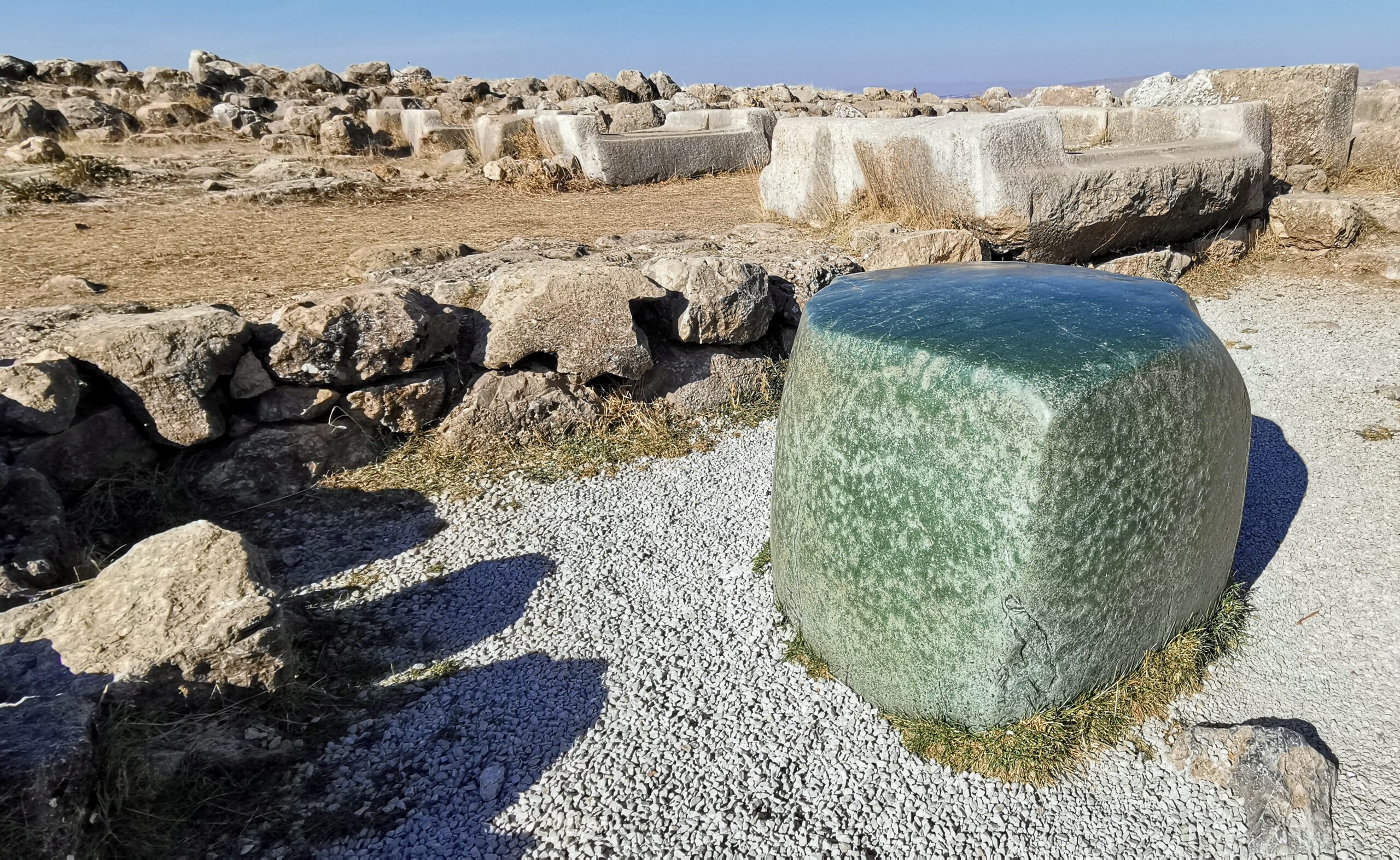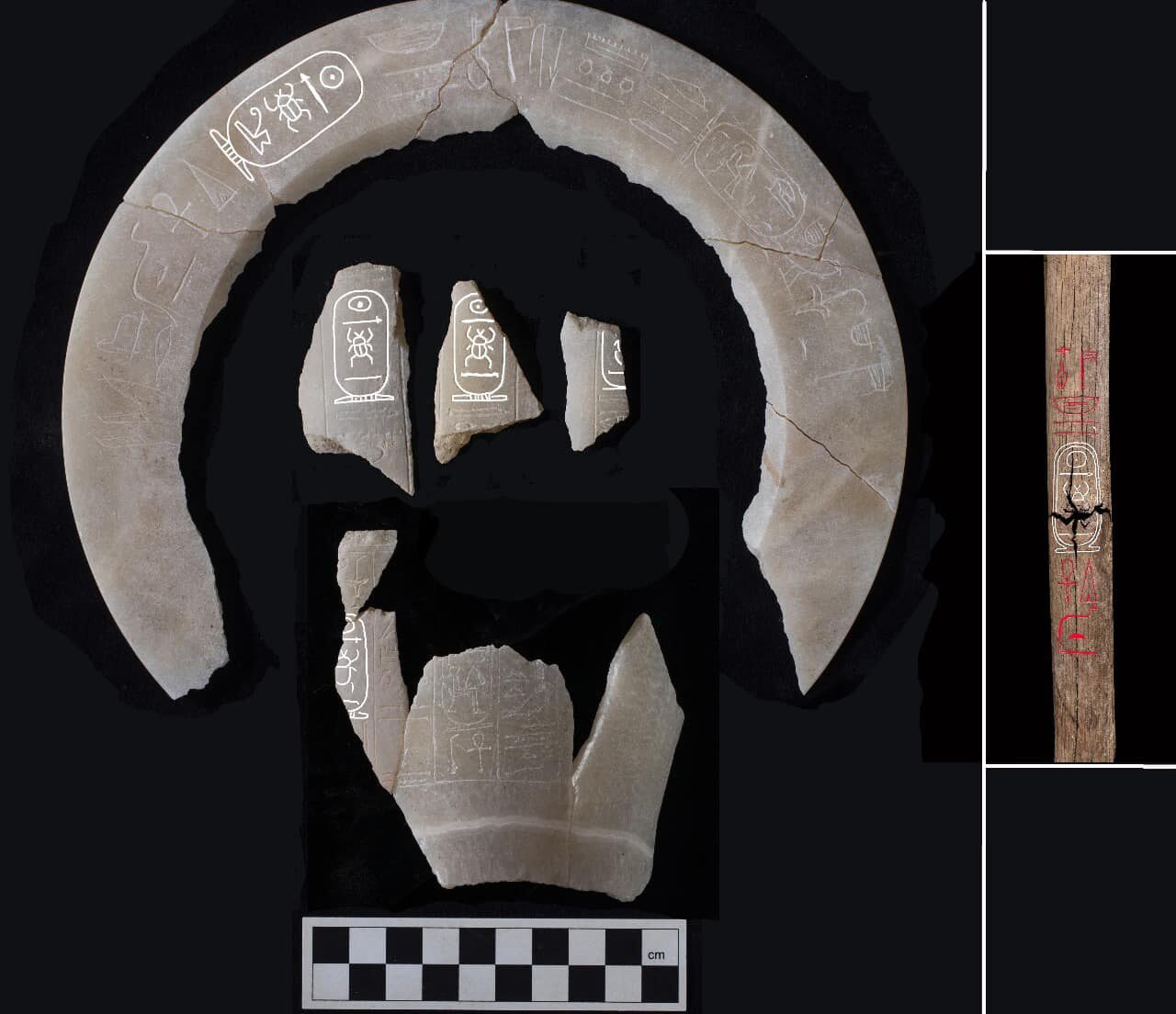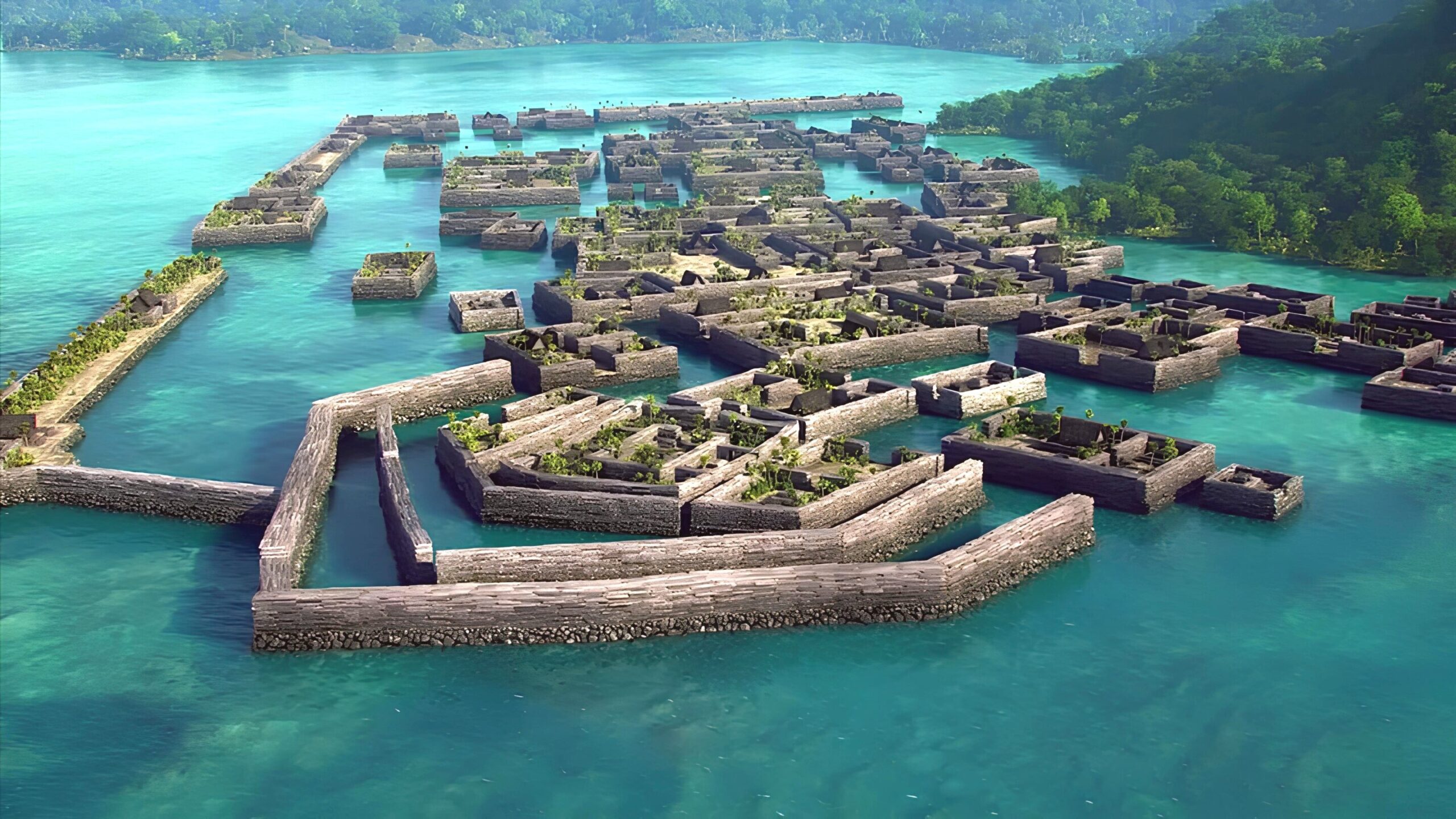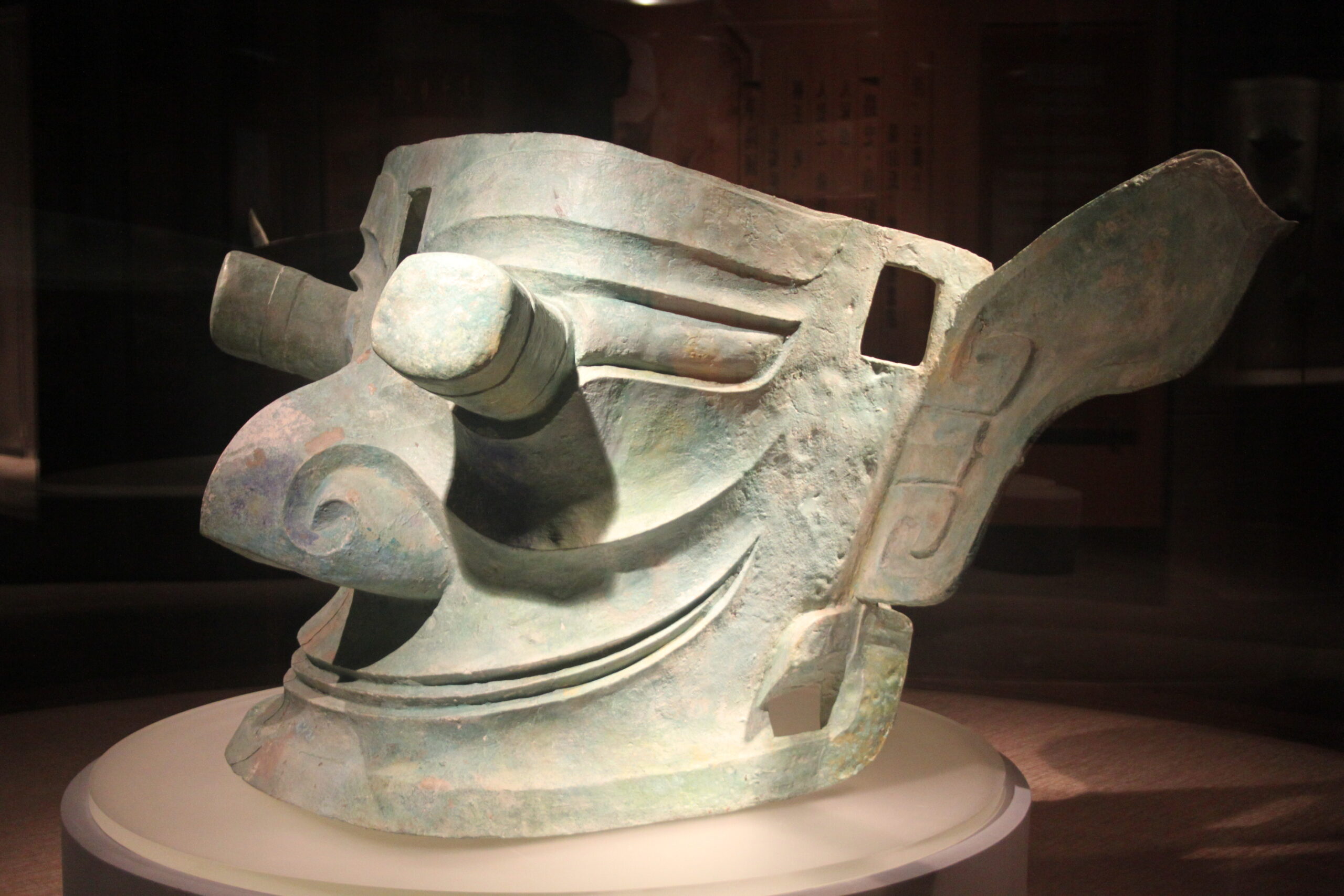
In Sichuan Province near Guanghan, China, Sanxingdui reveals a Bronze Age civilization that thrived from around 1600 BC to 1200 BC, uncovered in 1929 when a farmer found jade artifacts in a ditch. Identified as a distinct culture in 1986 after major digs revealed two sacrificial pits, this site boasts over 13,000 relics, including towering bronze statues and intricate masks. Since then, Sanxingdui has reshaped views of ancient China, showing a sophisticated society beyond the known Shang Dynasty. Today, it stands as a window into a forgotten past, rich with marvel and intrigue.
Sanxingdui’s Quiet Discovery
In 1929, a farmer digging near Guanghan stumbled upon jade pieces, sparking interest until 1986, when Chengdu University teams unearthed Sanxingdui’s first pit, per Sichuan Provincial Institute records. Over months, they exposed bronze masks up to three feet wide, per China Daily reports from that year. For centuries, this site lay buried under farmland, its relics untouched since around 1200 BC. Could floods have covered it? Consequently, this chance find launched a major excavation, unveiling a lost world beneath China’s soil.
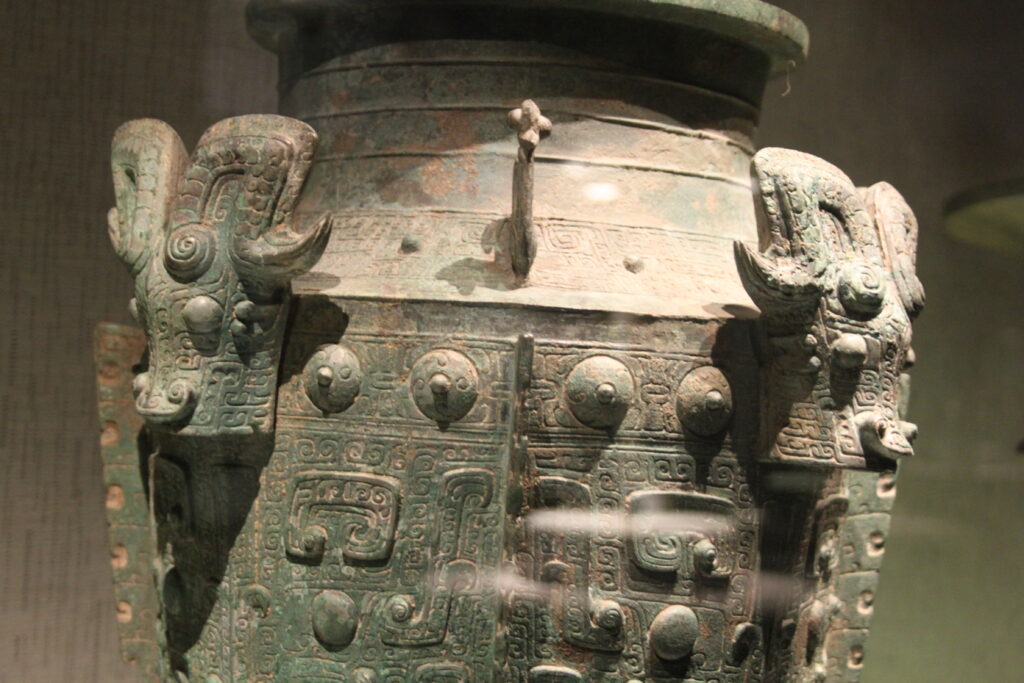
Crafting a Bronze Legacy
From 1600 BC to 1200 BC, Sanxingdui artisans forged bronze statues over eight feet tall, per studies from the Chinese Academy of Sciences. Unlike Shang bronzes, these featured bulging eyes and jagged ears, cast with clay molds and tin alloys, as detailed in 2021 analyses by Peking University. Meanwhile, they shaped gold masks and jade blades, found in pits dated by radiocarbon to 1200 BC, per Sichuan University data. For example, their scale reflects advanced smelting skills. Therefore, Sanxingdui showcases a unique artistic peak in ancient China.
A Civilization Apart
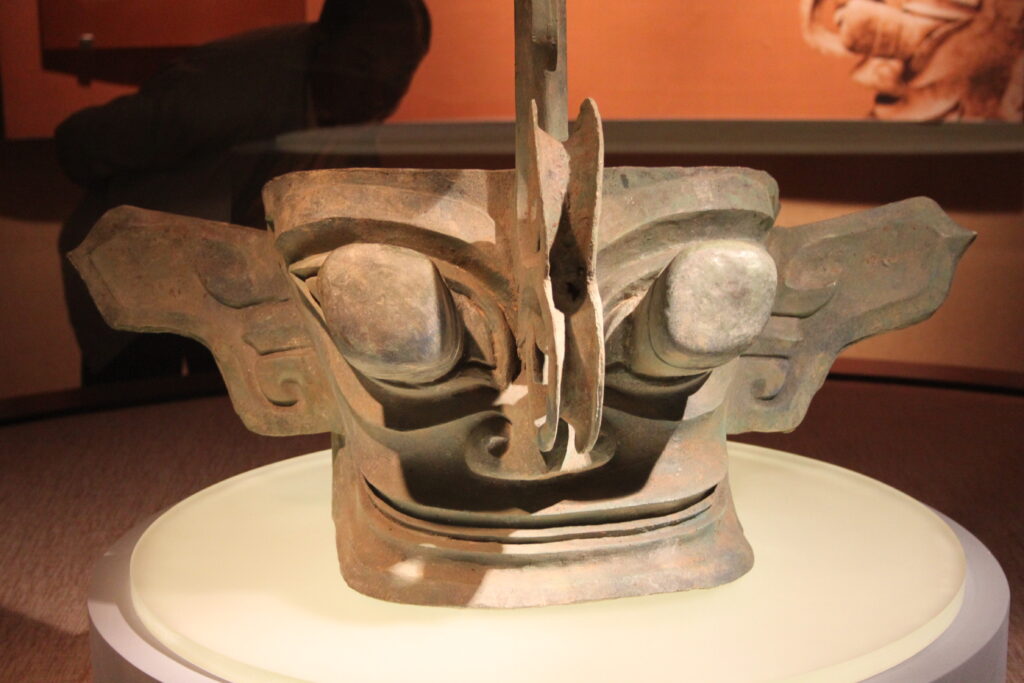
Since 1986, Sanxingdui has intrigued experts as a culture separate from the Shang Dynasty in Henan, per University of Oxford research. Around 1200 BC, its people filled two pits with over 13,000 items, possibly as offerings, per Chengdu University reports from 2023. Could this mark a ritual end? Alternatively, some link it to trade with distant regions, given bronze-sourcing hints from Sichuan’s mines, per Geological Survey of China studies. Over time, no written records emerged, unlike Shang oracle bones. Thus, Sanxingdui’s story suggests a standalone society.
Unveiling China’s Past
Now on UNESCO’s tentative list since 1996, Sanxingdui draws crowds to its museum in Guanghan, preserving bronzes unearthed since 1929, per China Cultural Heritage records. Beyond relics, it fuels digs like those in 2023 by Sichuan University, adding ivory and silk finds. Since its rediscovery, it has shifted views on China’s Bronze Age breadth. Ultimately, this lost civilization connects us to an ancient era, still sharing its secrets.




